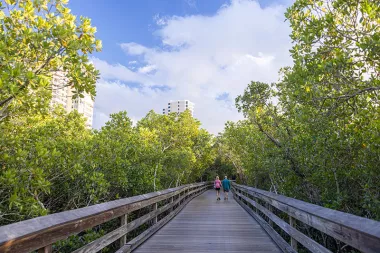Big Cypress National Preserve Celebrates 50 Years
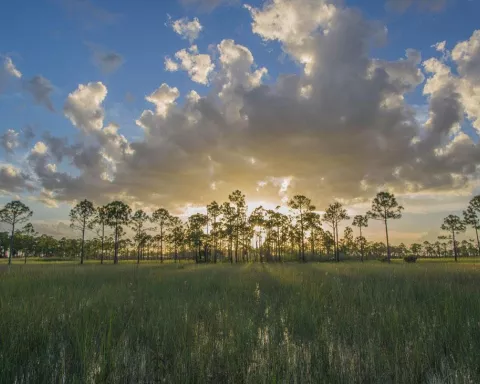
As we mark the 50th anniversary of Big Cypress National Preserve, it’s the perfect time to reflect on the rich history and significance of this unique and vital ecosystem on Florida’s Paradise Coast. Big Cypress has not only been a sanctuary for diverse wildlife and plant species but also a symbol of successful conservation efforts!
From its beginning as a crucial watershed for the Everglades to its current status as a national preserve protecting close to 730,000 acres of land, Big Cypress has come a long way. In this article, we’ll take you through the historical journey of Big Cypress National Preserve, highlighting its creation and its ecological and cultural significance.
We’ll also provide a sneak peek into the exciting events and activities to celebrate this momentous occasion. Join us as we explore Big Cypress's legacy and discover why this preserve remains an invaluable treasure for all who visit Naples, Marco Island and the Everglades.
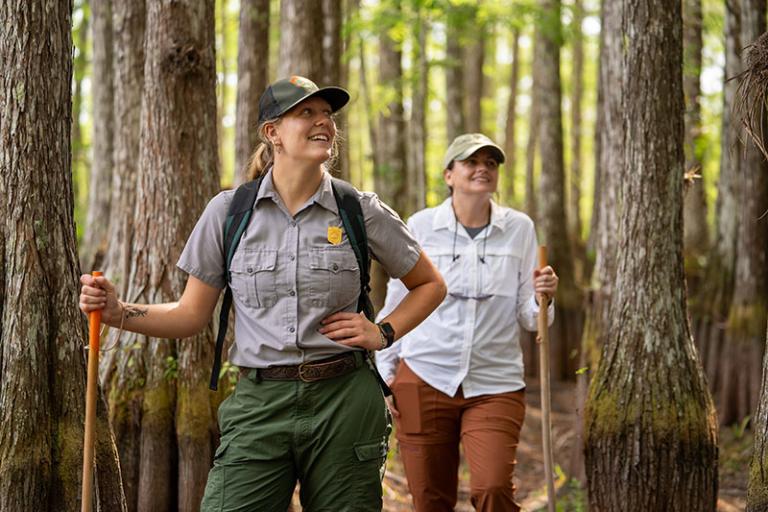
THE HISTORY BEHIND AMERICA’S FIRST NATIONAL PRESERVE
For thousands of years, Big Cypress was home to indigenous peoples, ranging from the Calusa civilization to the Miccosukee and Seminole tribes more recently. The Calusa, a powerful tribe in Southwest Florida, were known for their complex society that relied on fishing and marine resources. Thanks to the rich marine estuaries in this area, their power and influence reached far beyond their homeland.
Later, European settlers began arriving in the region in the 1500s with the intention of hunting local wildlife such as herons, egrets, and American crocodiles. Throughout history, many attempts have been made to use this land for development purposes within the timber industry, farming, and as the site of oil wells. However, even after the Tamiami Trail was completed in 1928, much of this area remained wild and untouched.
Eventually, by the 1960s, the land that would become Big Cypress faced one of its biggest threats: a proposal to become the world’s largest Jetport. Thankfully, local conservationists, environmentalists, and indigenous groups came together to protect the swamp, culminating in the establishment of the Big Cypress National Preserve on October 11, 1974.

Key figures like Nathaniel P. Reed played pivotal roles in these conservation efforts. Reed and others lobbied tirelessly to ensure the area was protected under a new designation—a national preserve. This special designation allowed traditional uses of the land, such as hunting, fishing, and off-road vehicle usage, to coexist with conservation efforts, striking a balance between human activities and environmental protection.
SIGNIFICANCE OF BIG CYPRESS
Big Cypress National Preserve is a mosaic of diverse habitats, including the cypress swamp (of course!), hardwood hammock, pinelands, prairie, and estuaries. These unique ecosystems are shaped by the seasonal flow of water, which dictates the presence and distribution of various plant and animal species.
The preserve is home to an impressive array of wildlife, including black bears, American alligators, and over 190 bird species like anhingas, egrets, and red-shouldered hawks. The rich biodiversity here also encompasses numerous plant species, from towering cypress trees to the delicate ghost orchid. Notably, Big Cypress provides a critical habitat for several federally listed endangered species, such as the Florida panther, the red-cockaded woodpecker, and Big Cypress fox squirrels.
Beyond its ecological wonders, Big Cypress holds deep cultural significance, particularly for the Seminole and Miccosukee tribes. These Native American communities have lived in and around the preserve for centuries, relying on its resources and respecting its natural rhythms.
The preserve's landscape is intertwined with their heritage, traditions, and way of life. By protecting this land, Big Cypress National Preserve not only safeguards biodiversity but also preserves the cultural legacy of these tribes, ensuring that their connection to the land remains unbroken.

50th ANNIVERSARY
Since Big Cypress was officially established on October 11, 1974, it will celebrate its 50th anniversary on October 11, 2024. If you’d like to join in on this momentous occasion, consider attending one of the preserve's many exciting events throughout the year.
For example, Celebration will take place on Saturday, October 19th,, 2024. During this experience, enjoy immersive swamp walks, captivating demonstrations, and a chance to meet the iconic Clyde Butcher himself while supporting the "Swamp Water And Me Program" (SWAMP). Don’t miss this extraordinary day filled with family fun, delicious food trucks, and the unforgettable beauty of the swamp!
December is also a great month to visit Big Cypress. First, you can catch the annual Swamp Heritage Festival, a free event highlighting the early settlers of South Florida with engaging living history demonstrations, informative presentations, and exhibits. Additionally, the winter season marks the beginning of ranger-led programs at the preserve, including the famous swamp walks!
Explore the heart of the swamp on this two-hour tour guided by a knowledgeable ranger. Immerse yourself in the stunning cypress ecosystem, wade through crystal-clear waters, and discover unique wildlife and extraordinary plant life. Remember that this excursion tends to fill up quickly, so we highly recommend reserving your spot!
As we celebrate 50 years of preserving Big Cypress National Preserve's rich history and diverse ecosystem, we are reminded of the dedication and passion that have kept this natural wonder thriving. Whether you're drawn to unique wildlife or captivating landscapes, Only Paradise will do.
Explore More of Paradise Coast

Why Dark Skies Matter: Behind the Scenes of Big Cypress with Ranger Jessica Borders
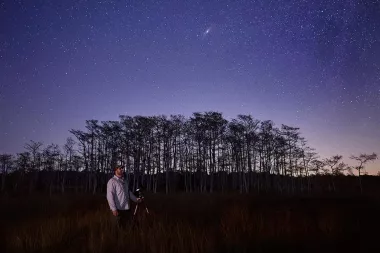
Seeing the Night Differently: Astrophotographer Anthony Sleiman on Big Cypress’ Dark Skies
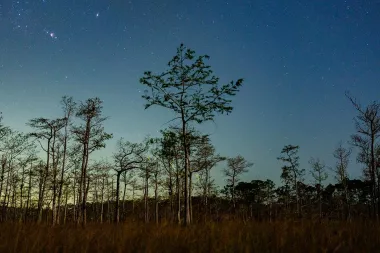
The Best Stargazing Spots in Big Cypress National Preserve
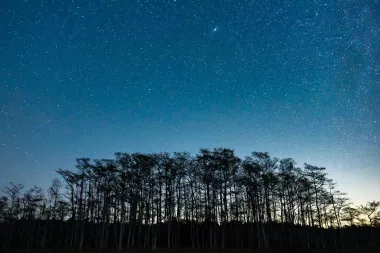
What to See in the Big Cypress Night Sky: A Stargazer’s Calendar
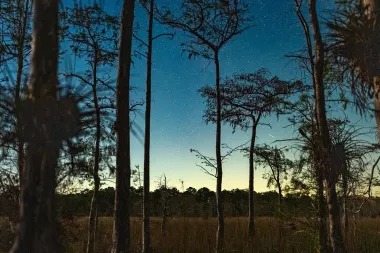
How to Explore Big Cypress at Night: The Ultimate Dark Sky Travel Guide
